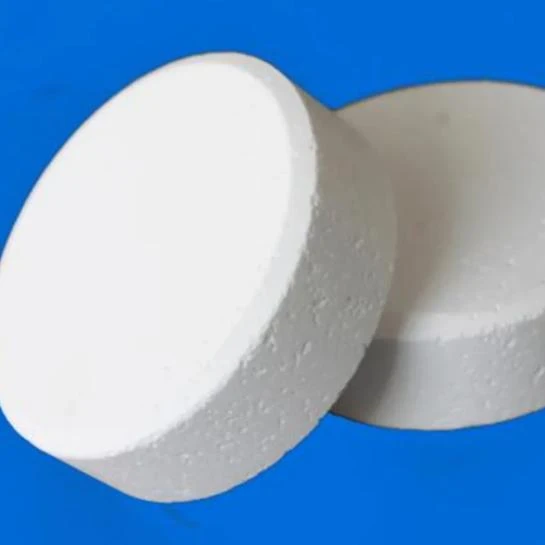
stabilizers of mixtures in the food industry
Stabilizers of Mixtures in the Food Industry
In the food industry, stabilizers play a crucial role in ensuring the quality, stability, and longevity of various products. These ingredients are essential for maintaining the desired texture, consistency, and overall sensory attributes of food items. Stabilizers help prevent separation, sedimentation, and syneresis, which can compromise the overall quality and consumer appeal of food products. This article explores the significance of stabilizers in food mixtures, their types, functions, and applications within the industry.
Stabilizers are often categorized into different types, based on their source and function. Common types include natural stabilizers, synthetic stabilizers, and modified starches. Natural stabilizers, such as pectin, guar gum, and xanthan gum, are derived from plants and microorganisms. These stabilizers have gained popularity due to their clean label appeal and perceived health benefits. Synthetic stabilizers, including carboxymethyl cellulose (CMC) and sodium alginate, offer specific functionalities that may not be achievable with natural alternatives.
One of the primary functions of stabilizers is to enhance the viscosity of food mixtures. Increased viscosity can improve the texture of products, such as sauces, dressings, and dairy items, providing a rich and satisfying mouthfeel. For instance, in salad dressings, stabilizers help achieve a smooth and homogenous blend, preventing the oil and vinegar from separating. This not only enhances the visual appeal but also improves the overall sensory experience for consumers.
In addition to texture enhancement, stabilizers also play a vital role in emulsification. Emulsifiers and stabilizers work synergistically to ensure that oil and water phases in emulsified products, such as mayonnaise and hollandaise sauce, remain mixed. Emulsifiers reduce the surface tension between the two immiscible liquids, allowing for a stable and uniform product. For example, lecithin, a natural emulsifier derived from soybeans or egg yolks, is widely used in emulsified sauces to improve stability and prolong shelf life.
stabilizers of mixtures in the food industry

Furthermore, stabilizers contribute to the shelf life and overall stability of food products. They help protect ingredients from physical and chemical changes that can lead to spoilage. For example, stabilizers can prevent ice crystal formation in frozen desserts, ensuring a smooth texture and extending the product's shelf life. By retarding thawing and melting, stabilizers aid in maintaining quality even after the product is subjected to temperature fluctuations.
Moreover, the application of stabilizers is particularly prominent in the dairy industry. Products like yogurt, ice cream, and cheese often rely on stabilizers to maintain their desired texture and prevent syneresis, which is the separation of liquid from a gel. Stabilizers such as carrageenan and gelatin are frequently used in dairy applications to enhance creaminess and improve mouthfeel.
Recent trends in the food industry indicate a growing demand for clean label products, leading manufacturers to seek natural stabilizers that do not compromise flavor or texture. Innovations in the development of new stabilizers from plant-based sources have become a key area of focus for food scientists. This shift is driven by consumer preferences for healthier and more sustainable options.
In conclusion, stabilizers are essential components in the food industry, providing myriad benefits such as improved texture, enhanced stability, and extended shelf life. As consumer preferences evolve, the demand for natural and clean label stabilizers is likely to increase, prompting ongoing research and development in this area. Understanding the role of stabilizers in food mixtures not only enhances product quality but also plays a key part in meeting consumer expectations for taste, health, and sustainability.
-
Buy High-Quality Trichloroisocyanuric Acid for Sale | TCCA 90% SupplierNewsAug.30,2025
-
Pure Sodium Dichloroisocyanurate Dihydrate | Powerful DisinfectantNewsAug.29,2025
-
Industrial Chemicals: Quality & Purity for Every IndustryNewsAug.28,2025
-
Nitrile Rubber Honoring Strict Production StandardsNewsAug.22,2025
-
Aspartame Ingredients Honoring Food Safety ValuesNewsAug.22,2025
-
Fertilizer for Balanced Plant NutritionNewsAug.22,2025
-
Cyanide Gold Processing with High Purity AdditivesNewsAug.22,2025
Hebei Tenger Chemical Technology Co., Ltd. focuses on the chemical industry and is committed to the export service of chemical raw materials.
-

view more DiethanolisopropanolamineIn the ever-growing field of chemical solutions, diethanolisopropanolamine (DEIPA) stands out as a versatile and important compound. Due to its unique chemical structure and properties, DEIPA is of interest to various industries including construction, personal care, and agriculture. -

view more TriisopropanolamineTriisopropanolamine (TIPA) alkanol amine substance, is a kind of alcohol amine compound with amino and alcohol hydroxyl, and because of its molecules contains both amino and hydroxyl. -

view more Tetramethyl Thiuram DisulfideTetramethyl thiuram disulfide, also known as TMTD, is a white to light-yellow powder with a distinct sulfur-like odor. It is soluble in organic solvents such as benzene, acetone, and ethyl acetate, making it highly versatile for use in different formulations. TMTD is known for its excellent vulcanization acceleration properties, which makes it a key ingredient in the production of rubber products. Additionally, it acts as an effective fungicide and bactericide, making it valuable in agricultural applications. Its high purity and stability ensure consistent performance, making it a preferred choice for manufacturers across various industries.





